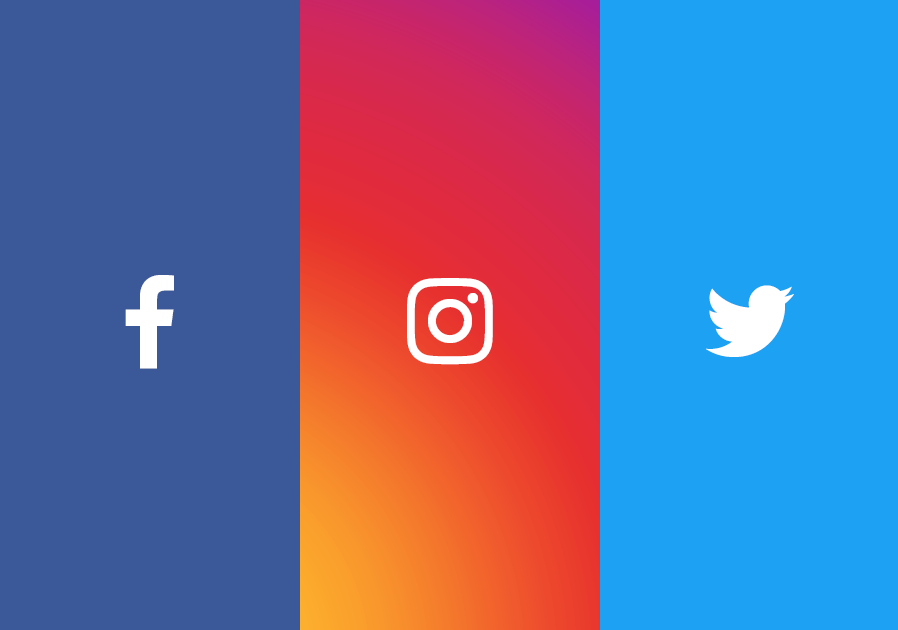Tweet, Snap, etc.
- tbaril1
- Feb 16, 2021
- 2 min read

Ding, ding, ding! This is usually the sound of my phone at 7 AM every morning when I get ready to start the day. As I scroll through my notifications, I find news, texts, pics, and missed calls across the top my phone screen. Whether it be my Grandma trying to give me an early morning phone call or a blockbuster NBA trade, my phone is definitely the loudest item I possess.
Every day, I have noticed these apps' notifications seem to have different aspects or features by which they communicate with their every day users. It is these very differences that I have been exploring over the last few weeks.
I spend more time on ESPN than any other app on my phone. Being a sports fanatic, I am always up to date with the latest on my Philly sports, Brazil soccer, and much more. However, I credit some of my use to the notifications I receive from ESPN. For example, when James Harden, 8 time NBA all-star, was traded from the Houston Rockets to the Brooklyn Nets, I received a "red breaking news alert" from ESPN. Some might ask, "What is the significance of this notification?" To this I would answer: red has always been an attention grabbing color. Whether it be the classic "do not push the red button" phrase or "code red," we as a society/culture have recognized red as the main form of grabbing attention. Comparing this ESPN notification to perhaps a Google sports notification on my phone about the same trade makes Google look childish. When it comes to Google and Yahoo!, their news notifications on my phone are a lot less attention grabbing and thus, do not attract me to read any of those articles.
On the other hand, Twitter and Instagram have very interesting ways of sharing news to their users. Instagram tends to give their user news they'd be interested in. They do this by sharing "suggested posts" under the posts of accounts you follow, so it sits directly under something you like or share. This strategy seems to be smart when it comes to sharing topics only the viewer is interested in, but when it comes to overall day-to-day news, Twitter seems to be the most influential. Claire Wardle addresses the way Twitter handles news in "Understanding Information Disorder," https://firstdraftnews.org/wp-content/uploads/2019/10/Information_Disorder_Digital_AW.pdf?x38061.
Her thoughts on this topic stress the power of the word "trending" and how it is affecting our society today. I too believe that this word holds too much power as Twitter can decide what goes through as trending and what does not.
With all this being said, it is critical to understand the importance of not just what is said but also how it is said.
[1 image, 2 quotations, 1 link, 457 words]







Comments